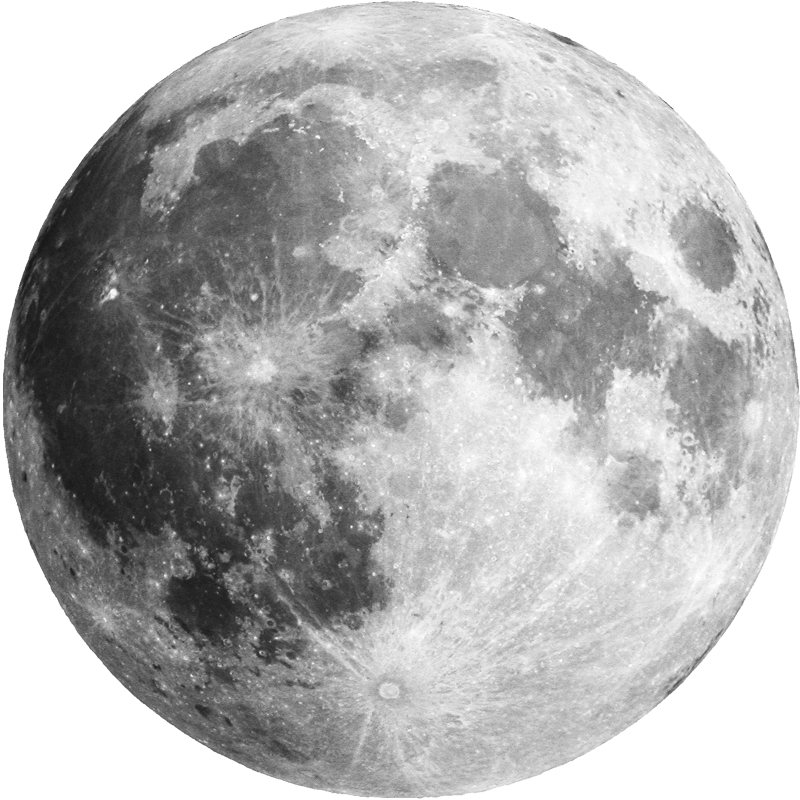Never seen anything like it Structures on the moon Is it artificial
Our Moon
There is a fascinating hypothesis that the Moon is not a naturally occurring celestial body, but rather an artificial construct created by an advanced intelligence.
There's a lot to shine our light on.

Why is our moon so weird?
It is a long established fact that a reader will be distracted by the readable content of a page when looking at its layout.
Insert your content here
Yes, I am familiar with the book Who Built the Moon? by Christopher Knight and Alan Butler. This book explores the fascinating hypothesis that the Moon is not a naturally occurring celestial body but rather an artificial construct created by an advanced intelligence. Here's a summary of the main ideas presented in the book:
Summary of Who Built the Moon?
The Uniqueness of the Moon:
- The authors argue that the Moon’s size, orbit, and relationship with Earth and the Sun are highly unusual and seemingly designed.
- The Moon is about 400 times smaller than the Sun but also 400 times closer to Earth, which allows for the phenomenon of perfect solar eclipses—a rarity in the cosmos.
- Its size is disproportionately large relative to Earth compared to other moons in the solar system.
Mathematical and Geometric Anomalies:
- Knight and Butler claim that various measurements involving the Moon, Earth, and Sun reveal mathematical relationships that suggest intentional design.
- For instance, the Moon’s diameter, orbit, and distance from Earth correspond to significant numbers in ancient measurement systems.
Theories of Artificial Origin:
- The book explores the idea that the Moon may have been constructed by an advanced civilization, possibly extraterrestrial or even a highly advanced human society from the distant past.
- The authors speculate on how and why such a project might have been undertaken, proposing purposes such as stabilizing Earth’s tilt or enabling the development of life.
Rejection of Natural Formation Theories:
- Knight and Butler question the mainstream scientific explanations for the Moon’s origin, such as the giant-impact hypothesis.
- They argue that the evidence does not fully support the idea of the Moon forming naturally through collision or coalescence.
Historical and Mythological Perspectives:
- The book examines ancient myths, legends, and historical accounts about the Moon, suggesting that some cultures viewed it as a deliberate creation.
- The authors explore connections between lunar cycles, human history, and the development of civilization.
Implications for Humanity:
- If the Moon is indeed artificial, Knight and Butler argue that it would profoundly impact our understanding of history, science, and humanity's place in the universe.
- They encourage readers to keep an open mind and question conventional scientific paradigms.
Who Built the Moon? is speculative and controversial, blending science, mathematics, and mythology with unorthodox theories. It appeals to readers intrigued by alternative histories, mysteries of the cosmos, and the possibility of advanced ancient civilizations. However, its claims have not been widely accepted by the scientific community, which largely views the book as a work of pseudoscience or creative conjecture.
Yes, I am familiar with the book Who Built the Moon? by Christopher Knight and Alan Butler. This book explores the fascinating hypothesis that the Moon is not a naturally occurring celestial body but rather an artificial construct created by an advanced intelligence. Here's a summary of the main ideas presented in the book:
Summary of Who Built the Moon?
The Uniqueness of the Moon:
- The authors argue that the Moon’s size, orbit, and relationship with Earth and the Sun are highly unusual and seemingly designed.
- The Moon is about 400 times smaller than the Sun but also 400 times closer to Earth, which allows for the phenomenon of perfect solar eclipses—a rarity in the cosmos.
- Its size is disproportionately large relative to Earth compared to other moons in the solar system.
Mathematical and Geometric Anomalies:
- Knight and Butler claim that various measurements involving the Moon, Earth, and Sun reveal mathematical relationships that suggest intentional design.
- For instance, the Moon’s diameter, orbit, and distance from Earth correspond to significant numbers in ancient measurement systems.
Theories of Artificial Origin:
- The book explores the idea that the Moon may have been constructed by an advanced civilization, possibly extraterrestrial or even a highly advanced human society from the distant past.
- The authors speculate on how and why such a project might have been undertaken, proposing purposes such as stabilizing Earth’s tilt or enabling the development of life.
Rejection of Natural Formation Theories:
- Knight and Butler question the mainstream scientific explanations for the Moon’s origin, such as the giant-impact hypothesis.
- They argue that the evidence does not fully support the idea of the Moon forming naturally through collision or coalescence.
Historical and Mythological Perspectives:
- The book examines ancient myths, legends, and historical accounts about the Moon, suggesting that some cultures viewed it as a deliberate creation.
- The authors explore connections between lunar cycles, human history, and the development of civilization.
Implications for Humanity:
- If the Moon is indeed artificial, Knight and Butler argue that it would profoundly impact our understanding of history, science, and humanity's place in the universe.
- They encourage readers to keep an open mind and question conventional scientific paradigms.
Who Built the Moon? is speculative and controversial, blending science, mathematics, and mythology with unorthodox theories. It appeals to readers intrigued by alternative histories, mysteries of the cosmos, and the possibility of advanced ancient civilizations. However, its claims have not been widely accepted by the scientific community, which largely views the book as a work of pseudoscience or creative conjecture.
Missions to the moon https://en.wikipedia.org/wiki/List_of_missions_to_the_Moon